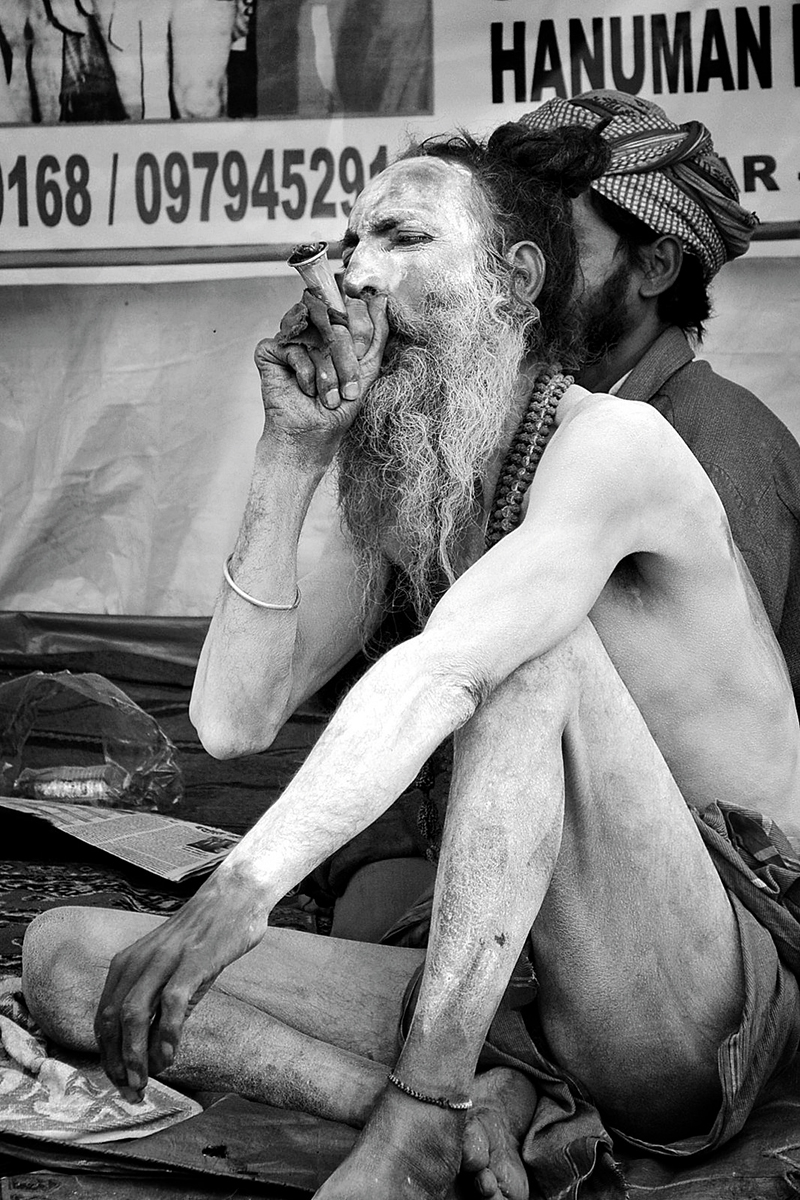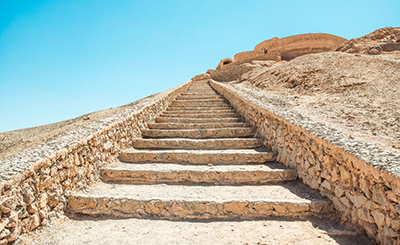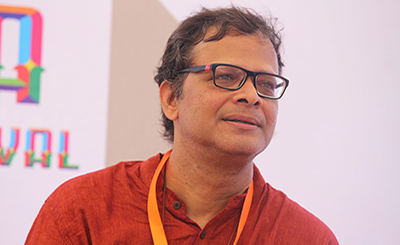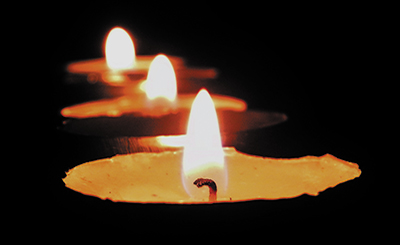
I
The old mountains wake up like children, dazzling and sparkling in the sun. By mid-afternoon, they resume their ancient habits. They smoke their ascetic grass, and daze away into oblivion, within a hazy mist of rain and clouds. This happens every day in the Himalayas. The snow leopard, as shy as a god, also becomes a wraith by mid-afternoon, and the only chance that a traveller has is around dawn — this was told to me when I had arrived at Kedarnath.
Few kilometres up the Akash Ganga — the mountains which loom over the town, is Chorabari Tal — a lake near a glacier, where the snow leopards come to drink every dawn. It is also said that one can catch a sight of them from a nearby cliff, Bhairav Jhap, where pilgrims used to jump to death for instant salvation — a practice that was banned by the British Government in the 19th century. Death now in Kedarnath only happens unexpectedly, by chance or fate, rather than by human will or intent. The lure of salvation has also lost its charm for the modern day pilgrims; they come here to pray for more mundane earthly desires.
The shores of the lake where the snow leopards leave their pug marks is nearly 6 km away; one has to start the trek around 2 am in the night and reach before the golden light reflects over the ice waters. It is late September and the bite of the cold winds is becoming fierce every passing hour. I wake up at 1 am after a short sleep, and a dream of a storm in the seas or perhaps, the wings of white owls in flight.
When I venture out, it is so cold that I almost freeze. With a heavy heart, I exhale vapours and abandon my plan to trek up to the lake. I have seen snow leopards in captivity in Darjeeling, but my wish to see one in the wild, has to wait.
I couldn’t go to sleep again, and when the light appeared at my window, I decided to take a walk around the town. I had visited the temple on the very first day. I had felt a strange throbbing in my forehead when I had entered the inner sanctum. I go to the temple again but I feel only a faint throbbing; not as intense as yesterday. It is a curious experience — neither pleasant nor painful — but I have no answers which can explain the occurrence.
I drink four cups of tea at a shop, warm my hands and smoke a cigarette. The lighter doesn’t work again; there is little oxygen in such an altitude to make it work: I use a match box. Then I wander within the town.
I feel glad that Kedarnath is still not accessible by road. One has to trek down for 10 km to Gaurikund to catch a transport. This saves the place from excessive human intrusion. But still there are too many people, and I wonder how long the ecological balance can last.
Then I wander away from the town. I observe the surroundings and gaze at the peaks. The sight of snowcapped mountains always does something to my soul. I feel cleansed from within; I feel happiness in my heart. Then I think, in about three weeks’ time, the town will be abandoned and the temple will close. Everything will be covered with snow — a cold desolate whiteness will push the people to the lower altitudes and increase the territory of the snow leopards. Then the summer will arrive next year; the freeze will recede, the people will be back, so will the pilgrims and the travellers. And the cycle will continue, like it has been, for ages.
I wander back towards the town and I see a crowd murmuring amongst themselves; there is a sudden buzz of excitement. Soon I discover the reason. A Naga sage has appeared. He is sitting about fifty feet away, near a rock and smoking grass. There are known to be fierce, and people fear their curses. They are the ash covered Shaivite sect of sages, clothed in mystery and secrecy; they live as a community at a higher altitude than Kedarnath, which is at 11755 ft. This is first sight of them this year, a man tells me. I ask him whether it is fine to walk up to the sage. The man is startled by my ignorance or stupidity. “He will curse you or may hit you with his trident’’, he says, “No one walks up to a Naga sadhu, except a mad man.”
Only few years later, when Jupiter is in Aquarius and the Sun has entered Aries, I would enter a camp of Nagas from the Mahanirvani Sect at the Kumbh Mela in Hardwar, but then in Kedarnath, it was my first sighting of a Naga sage, and I didn’t want to let go the opportunity to do something more, other than to stare from a distance.
I didn’t have the courage to do the trek to the lake; the cold was too severe in the night. Instead of a snow leopard, I had even a rarer sighting of another dweller of the “abode of snow”. It was an unexpected gift, and I took a slow deep breath. I was feeling no fear but an unexplained calmness. Decision requires thoughts. It was not a decision but a play of instinct. Without thinking anything, I walked up to the sage, while the people were shouting from behind and calling me back. The Naga sage decided not to notice me and was still smoking his chillum. I could smell the strong marijuana, and sat beside him in silence.
Page
Donate Now
More from The Byword
Comments
*Comments will be moderated











